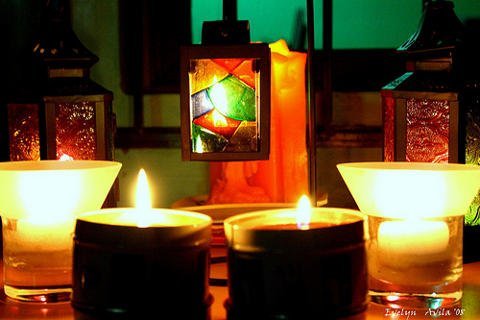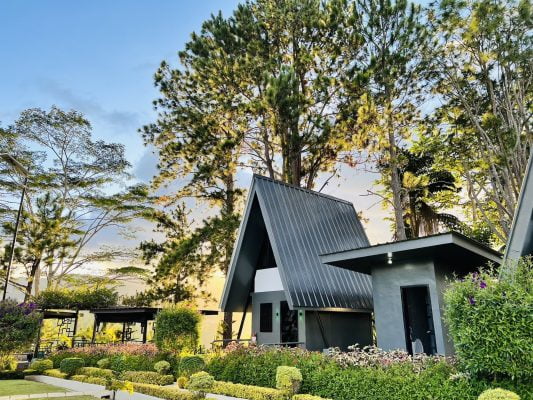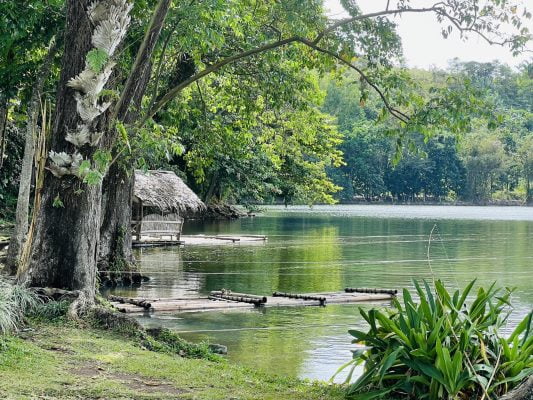
There probably isn’t anyone who does not look forward to holidays when there’s no work and the day is free to spend as one chooses. There’s no day quite like a holiday. There are at least 50 public holidays and countless festivals celebrated all over the Philippines and if you wish to join Filipinos in these merry days, take note of the dates in this article.
A lot of Filipinos live for the next holiday. Some use the extra day off work to bond with friends or family while others opt to take advantage of the holiday premium pay to earn more than the usual. Perhaps these are two of the most popular reasons why holidays are extremely looked forward to in the Philippines.
There are downsides to visiting during Philippines holidays. Since almost everyone is not at work, expect malls to be a little more crowded. During long weekends preceding or following a holiday, city dwellers will take the opportunity to go home to their respective provinces. This would make transit to and from airports, boat and bus terminals to be a little difficult.
Here are the public Regular and Special Non-Working holidays for 2013 as released by the Office of the President:
Regular Holidays
New Year’s Day
January 1
The first day of the year merits a day off from work, doesn’t it? And besides, everyone still quite exhausted from the Christmas festivities. Regular work days resume a day or two after New Year’s Day.
Maundy Thursday
March 28
Good Friday
March 29
In observance of the Semana Santa (Holy Week), Filipino Roman Catholics are allowed to stay at home to perform their religious duties from Maundy Thursday until Easter Sunday. Since this is a long weekend, most families head to the beach or somewhere that provides a momentary respite. If you don’t like to swim in a crowded beach, avoid places like Boracay and Puerto Galera during Holy Weekend. Tagaytay, Baguio City, Sagada and Anilao are also popular during this weekend.
Araw ng Kagitingan
April 9
This holiday is also known as Corregidor Day or Bataan Day. ‘Araw ng Kagitingan’ translates to ‘Day of Valor’ and it commemorates the surrender of thousands Filipino, American and Chinese-Filipino soldiers to the Japanese forces during World War II. Most of the soldiers died during what is now known as the Bataan Death March, a 140km trek where they had to endure exhaustion, dehydration and cruelty from their captors.
Labor Day
May 1
Labor Day in the Philippines coincides with the International Worker’s Day. While some celebrate this day by paying tribute to workers, most labor unions take advantage of this opportune time to take to the streets and air their demands to the government. Provincial areas the safe during Labor Day but stay away from large cities especially Metro Manila as much as possible. Most rallies are peaceful but some might turn a little violent.
Independence Day
June 12
Philippine Independence Day remembers the day the Filipinos were freed from Spanish rule in 1898. Independence was declared by the Philippine Revolutionary Government in Kawit, Cavite following the 1896 revolution lead by General Emilio Aguinaldo who was consequently seated as the First President of the Republic of the Philippines. Parades and programs are usually held in various parts of the country including the Aguinaldo Shrine in Kawit.
National Heroes Day
Last Monday of August
There are countless heroes in the Philippines, most of them declared so because of their contribution to Filipino independence from Spanish, American and Japanese rule. The National Heroes Day remembers the Cry of Pugadlawin by the Katipuneros (revolutionaries) lead by Andres Bonifacio in 1896. This act sparked the Philippine Revolution which led to independence in 1898. On this day, schools and government offices hold activities to commemorate the historic event.
Bonifacio Day
November 30
Andres Bonifacio is one of the most prominent figures during the Filipino people’s revolt against the Spaniards in the 19th century. He is known as the Father of the Philippine Revolution and it is only fitting that a day be dedicated to honor the birth of such man. On Bonifacio Day, some schoolchildren dress themselves in white shirts, pants and red neckerchiefs as a tribute to the late hero’s simple garb.
Christmas Day
December 25
Christmas is one of the most important holidays in the Philippines. The season unofficially starts in September and extends until January, making it one of the longest Christmas seasons in the world. Christmas Day in the Philippines is observed by a sumptuous feast called Noche Buena, mass, gift-giving and almost endless parties. Read more about this wonderful season in the Philippines here: http://www.christmasinthephilippines.com
Rizal Day
December 30
If you’ve been to Luneta, you must have noticed the central figure on a pedestal. It’s the statue of the National Hero, Jose P. Rizal. Rizal Day is a commemoration of the life and works of the man who was executed in Bagumbayan, now known as Rizal Park. Jose Rizal was a scholar who believed in the potential of the youth and in the power of words to change a nation. The saying “The pen is mightier than the sword” is attributed to him.
Special Non-Working Holidays
EDSA Revolution Anniversary
February 25
This is a special working holiday but schools do not hold classes during this day. The EDSA Revolution, also known as the People Power Revolution held on February 25, 1986 became famous the world over, a testimony that prayers, flowers and the people can withstand and overthrow the threat of tanks and firearms. The EDSA Revolution signaled the end of Martial Law in the Philippines and gave way to the democracy enjoyed by the current generation. Some rallies and commemorative events are held in EDSA (Epifanio Delos Santos Avenue) during this day so expect re-routing and heavier traffic in Metro Manila.
Black Saturday
March 30
Known as a day of mourning for Roman Catholic Filipinos, Black Saturday is a religious holiday when people observe the day after the death of Christ before his resurrection on Easter Morning. There are different practices observed during Black Saturday including the blessing of fire and water and the lighting of the Pascal Candle. Early Easter morning, people go to church for Salubong, a ceremony where the Risen Christ and the Virgin Mary reunite.
Ninoy Aquino Day
August 21
Benigno “Ninoy” Aquino Sr. was one of the catalysts for the world-famous EDSA Revolution. This national holiday remembers the day he was assassinated in what is now known as the Ninoy Aquino International Airport. His death in 1983 sparked the first embers of the peaceful revolution led by his wife, the late Cory Aquino who later became the first female president of the Philippines. The Aquinos’ son Benigno “PNoy” Aquino Jr. is now president of the republic until 2016.
All Saints Day
November 1
All Soul’s Day
November 2
Locally called Undas, this holiday gives time for Filipinos to visit their dead to pay their respects. During the two days, Filipinos go home to their provinces hence the barrage of airline, boat and bus passengers in almost all gateways. Cemeteries and areas close to them experience heavy traffic so better veer off these places during these days. If you plan to travel during Halloween, make sure to leave for your destination before November 1st to avoid congestion.
Christmas Eve
December 24
New Year’ Eve
December 31
People would be extremely busy preparing for Noche Buena and Media Noche during these days. Christmas and New Year’s Eves are special for most, if not all, Filipinos; most families hold reunion parties during these days. This period is peak travel season in the Philippines especially in key destinations. If plan to experience Christmas in the Philippines, plan a few months ahead.
Holiday Weekends 2013
Here’s a list of long weekends in the Philippines. Understand that a lot of locals travel during these weekends so expect attractions to be a little more crowded than usual.
- Holy Week – March 28-31, 2013
- National Heroes Day – August 24-26, 2013
- All Saints’ Day – November 1-3, 2013
- Rizal Day and New Year – December 28, 2013 – January 1, 2014






